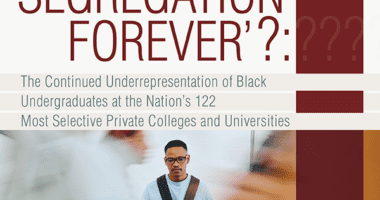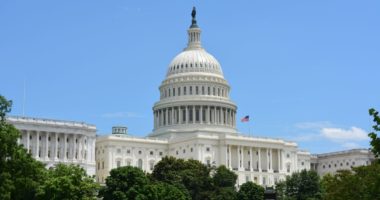Navigating College and Beyond Without Affirmative Action
The need for diversity, equity and access in college admissions, across university campuses and in the workforce — couldn’t be more heightened. Today, America stands at a crossroads of fighting to preserve and protect our democracy, maintain our values, and stand firm in the gains of the Civil Rights Movement while fighting against white supremacy and the ghost of Jim Crow. This battle got more difficult in June, when the Supreme Court ruled to do away with affirmative action. The decision, though expected, sent shockwaves through higher education and equity circles. On the heels of a wave of anti-CRT, anti-DEI and anti-Black policies and legislation passing across multiple states, upending affirmative action is another major blow.
Extreme rightwing-led states are pushing full speed ahead with 40 anti-DEI bills in higher education formed across 22 states and a patchwork of policies making it really hard for students, families, and school counselors to determine next moves. These aggressive anti-DEI policies burgeoned after the affirmative action ruling. This isn’t unchartered water. We’ve been here before: When states eliminated affirmative action in admissions, the percentage of Black and Latino students decreased. For example, 25 years after California banned race-based admissions at public universities, school officials say they haven’t been able to meet their diversity and equity goals — despite more than a half billion dollars spent on outreach and alternative admissions standards.
To add more insult to injury, even though the affirmative action ruling is limited to college admissions, the scope has been expanded to include things like contracting, hiring, even limits or eradication of minority scholarships. College admissions teams and high school counselors were left with questions in the wake of the ruling: What types of essays can students write? Can their background and how its influenced their daily lives or built their character be taken into consideration by admissions offices? How do you best prepare a student for what lies ahead and should students be steered away from certain universities or states that are hyper-focused on anti-equity? These are all tough but vital questions.
This week, the Biden administration, in conjunction with the U.S. Department of Education and the Department of Justice, issued Q&A’s and a Dear Colleague Letter to help colleges and universities navigate these trying times and speak directly to their top concerns. While college admissions offices are in a rush against the clock to update their practices to fall in line with the ending of affirmative action and the implications therein, this does not spell the end for campus diversity or initiatives that provide higher education access to students of color and underrepresented students of color.
Building inclusive, diverse and equitable campuses provides a growth experience where all students can thrive, become world citizens, and adequately prepared for a globally competitive workforce requires an all-hands-on-deck approach. It’s time to roll up your sleeves. The battle for the soul of America runs through our colleges and universities.










